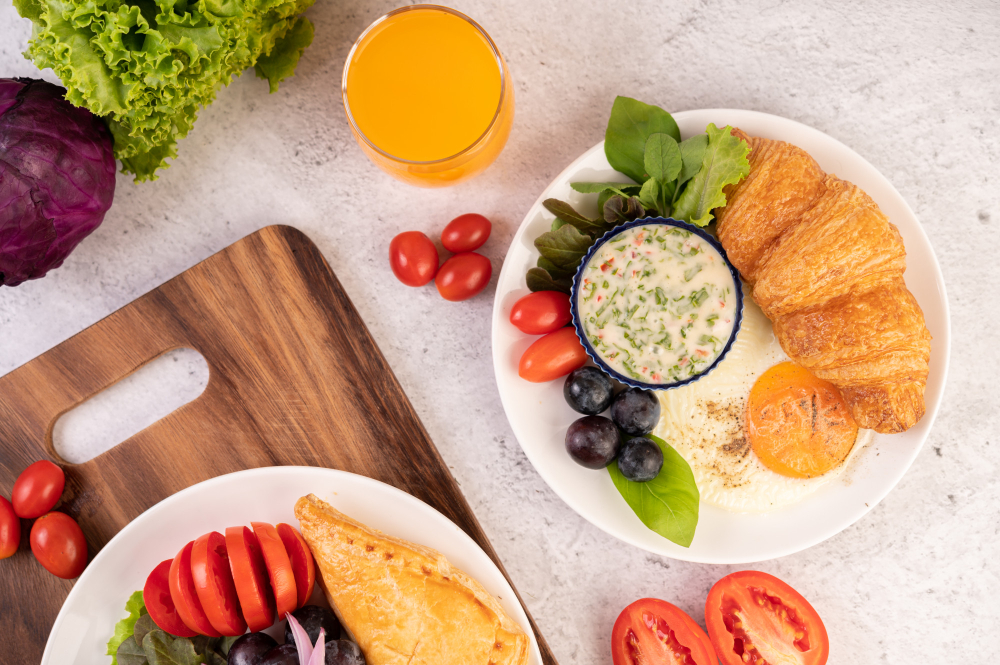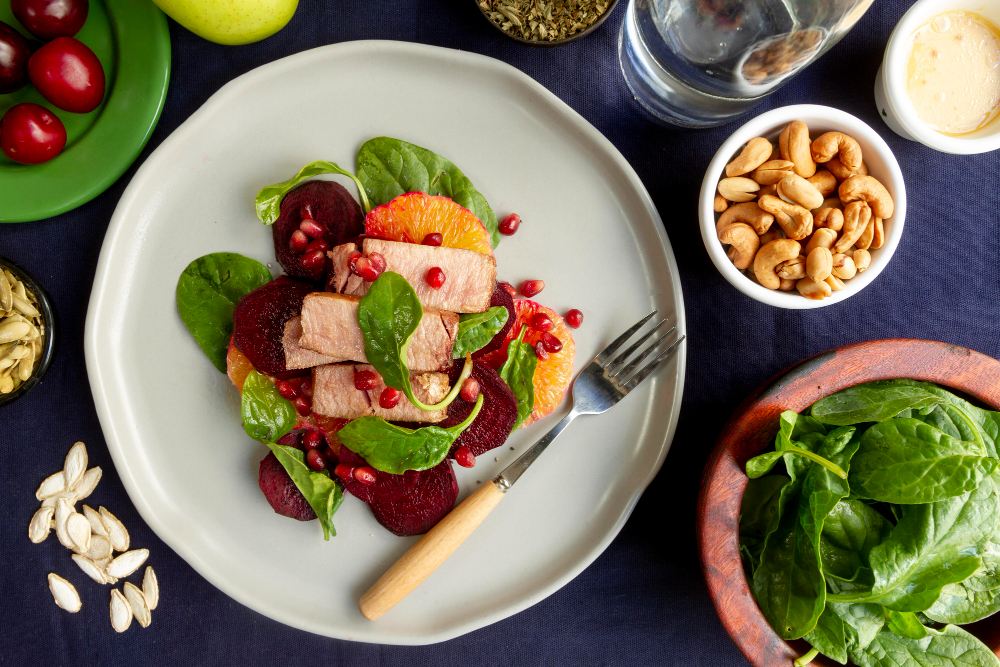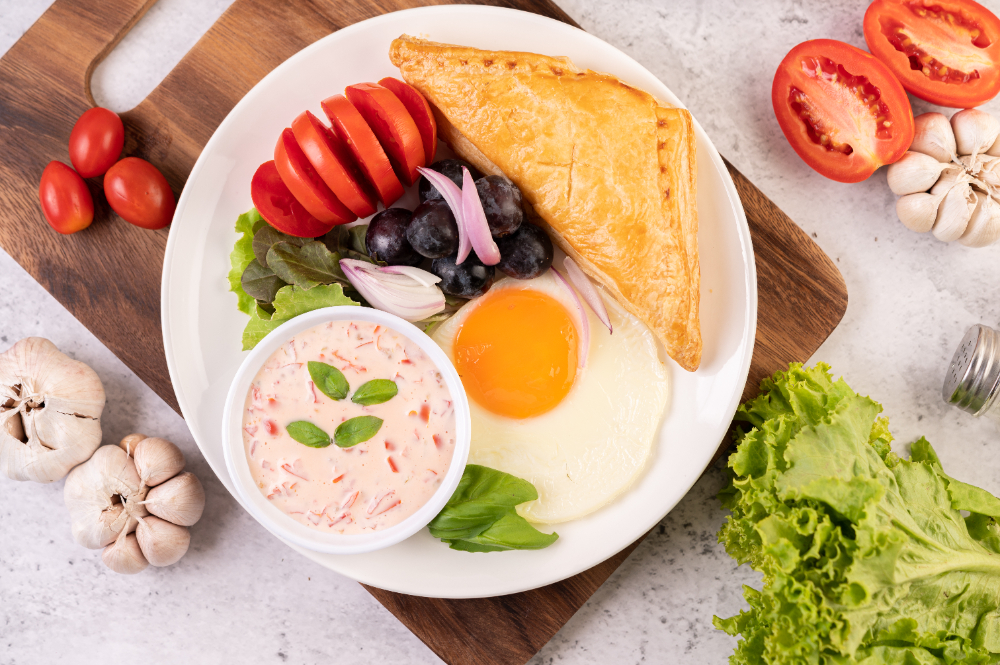We all have those comfort foods we can’t resist—the creamy pastas, decadent desserts, and savory fried favorites that bring us joy but don’t always align with our health goals. The good news? You don’t have to give up the dishes you love to maintain a healthy lifestyle. With some clever ingredient swaps and cooking technique adjustments, you can transform traditionally indulgent recipes into nutritious versions that satisfy both your cravings and your wellness aspirations.
Why Make Healthy Swaps?
Before diving into specific substitutions, it’s worth understanding why these swaps matter. Small changes to your everyday cooking can lead to:
- Reduced calorie intake without reducing portion sizes
- Increased fiber, protein, and essential nutrients
- Lower saturated fat, sodium, and added sugar consumption
- Better blood sugar management
- Improved digestive health
- Sustainable eating habits that don’t feel restrictive
The most successful healthy eating plans are those you can maintain long-term. By making smart swaps rather than eliminating favorite foods entirely, you create a sustainable approach to nutrition that feels satisfying rather than punishing.
Breakfast Makeovers
Pancakes and Waffles
Traditional: White flour, sugar, butter, syrup Healthier Version: Whole grain flour or oat flour, mashed banana for sweetness, Greek yogurt instead of some butter, fresh fruit and a small drizzle of pure maple syrup
This simple swap adds fiber, reduces refined sugar, and incorporates protein from the Greek yogurt. The result? A breakfast that keeps you full longer and prevents mid-morning energy crashes.
Morning Coffee
Traditional: Coffee with cream and sugar Healthier Version: Coffee with unsweetened almond milk and a dash of cinnamon
You’ll save calories and added sugar while the cinnamon adds flavor and helps regulate blood sugar levels. If you need sweetness, try a small amount of monk fruit sweetener or stevia.
Main Dish Transformations
Pasta Dishes
Traditional: White pasta with cream-based sauce Healthier Version: Whole grain or legume-based pasta with vegetable-forward sauce
Legume pastas (made from chickpeas, lentils, or edamame) provide protein and fiber that traditional pasta lacks. For creamy sauces without the cream, try these alternatives:
- Puréed white beans or cauliflower as a base
- Cashew cream (soaked raw cashews blended with water)
- Greek yogurt whisked in at the end of cooking (off heat to prevent curdling)
Burgers and Sandwiches
Traditional: Beef burger on white bun with cheese and mayo Healthier Version: Lean ground turkey or plant-based burger on whole grain bun with avocado and mustard
This swap reduces saturated fat while adding healthy fats from avocado. Further upgrade your burger by adding grated vegetables to the patty mixture—zucchini, carrots, or mushrooms add moisture and nutrients.
Tacos and Wraps
Traditional: Flour tortillas filled with ground beef, cheese, and sour cream Healthier Version: Corn tortillas or lettuce wraps filled with lean protein, beans, and Greek yogurt
Corn tortillas provide more fiber and fewer calories than flour versions, while lettuce wraps cut carbs dramatically. Beans add filling fiber, and Greek yogurt provides the tanginess of sour cream with added protein and less fat.
Side Dish Reinventions
French Fries
Traditional: Deep-fried potatoes Healthier Version: Air-fried or oven-baked sweet potato wedges with olive oil and herbs
This simple change reduces oil significantly while sweet potatoes offer more vitamins and antioxidants than white potatoes. The air fryer creates a similar crispy texture without excessive oil.
Creamy Mashed Potatoes
Traditional: Potatoes with butter, cream, and salt Healthier Version: Half potatoes, half cauliflower with roasted garlic and olive oil
Cauliflower lightens up this classic side while adding nutrients and reducing calories. Roasted garlic provides rich flavor that compensates for the reduced fat.
Dessert Transformations
Ice Cream
Traditional: Dairy-based ice cream high in sugar and fat Healthier Version: Frozen banana “nice cream” or Greek yogurt-based frozen treats
Frozen, blended bananas create a surprisingly creamy texture similar to ice cream. Add unsweetened cocoa powder for chocolate flavor, or blend with frozen berries for a fruit version.
Brownies and Cookies
Traditional: Flour, butter, and sugar-heavy recipes Healthier Version: Black bean brownies or oatmeal-based cookies with dark chocolate chips
Black beans create fudgy, fiber-rich brownies that satisfy chocolate cravings with less sugar. For cookies, using oats instead of some flour adds heart-healthy soluble fiber.
Cooking Technique Swaps
Sometimes the transformation isn’t about the ingredients but how you prepare them:
Instead of Frying, Try:
- Air frying (uses minimal oil while creating crispy textures)
- Oven “frying” (coating food in a light layer of oil and breadcrumbs)
- Steaming followed by a quick sauté for texture
Instead of Cream-Based Soups, Try:
- Puréed vegetable soups thickened with potato or white beans
- Coconut milk in place of heavy cream (still calorie-dense but offers healthier fats)
- Using an immersion blender to create creamy texture without cream
Flavor-Boosting Without Extra Calories

One concern with healthier cooking is losing flavor. Combat this with these calorie-free flavor enhancers:
- Acids: Lemon juice, lime juice, or vinegar brighten flavors without adding calories
- Fresh herbs: Add at the end of cooking for maximum impact
- Spice blends: Create salt-free blends to add complexity without sodium
- Umami boosters: Nutritional yeast, mushrooms, tomato paste, and soy sauce add depth
- Roasting: Intensifies vegetable flavors through caramelization
Practical Tips for Successful Swapping
- Start gradually: Swap just one ingredient at first rather than overhauling entire recipes
- Focus on addition, not subtraction: Add nutritious ingredients rather than just removing less healthy ones
- Experiment with proportions: Sometimes a 50/50 blend of traditional and healthier alternatives works better than a complete substitution
- Recalibrate expectations: A healthier version might taste different—not worse, just different
- Consider the context: Save traditional versions for special occasions and use healthier versions for everyday cooking
The 80/20 Approach
Remember that healthy eating isn’t about perfection. Many nutritionists recommend the 80/20 approach—make nutritious choices 80% of the time, and enjoy traditional favorites 20% of the time. This balanced perspective promotes a healthier relationship with food while still allowing for the pleasure that comes from occasionally enjoying the original versions of beloved recipes.
Conclusion
Healthy swaps are all about small, sustainable changes that lead to lasting health benefits. At Kelsey Holmer Recipes , we believe in reimagining favorite dishes rather than restricting them. Start with a few simple swaps and gradually incorporate more as you discover new favorites. Over time, your taste preferences will naturally shift, making healthier choices effortless and enjoyable—not because you have to, but because they make you feel great while still satisfying your cravings!










